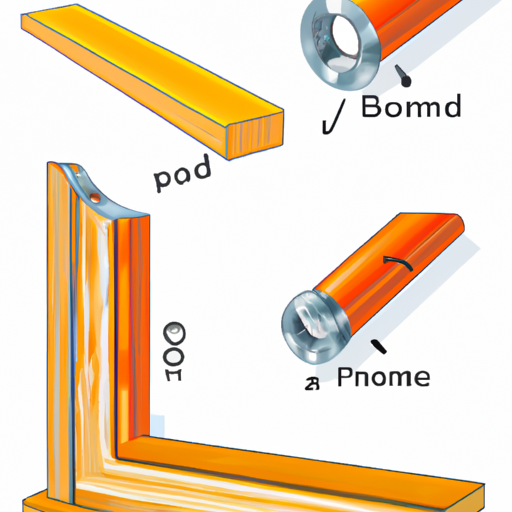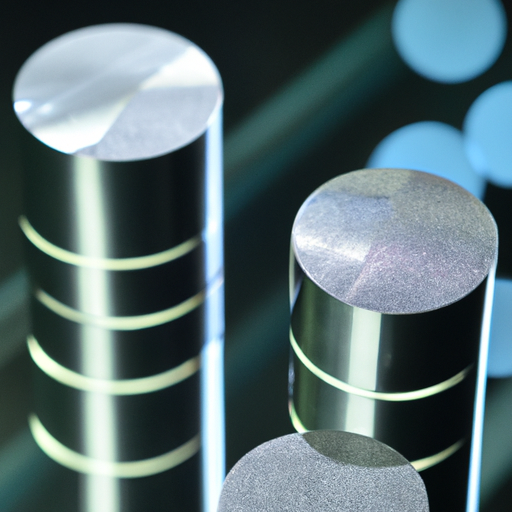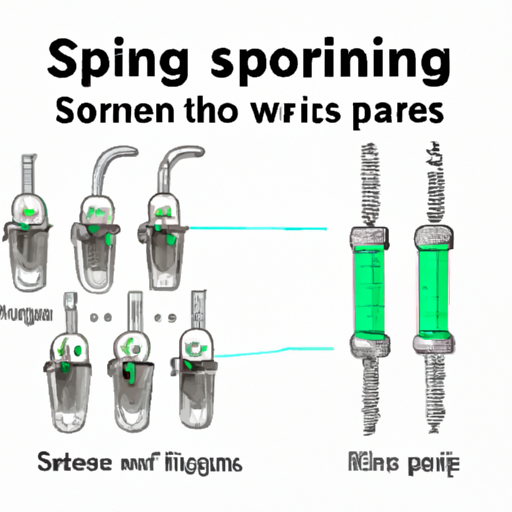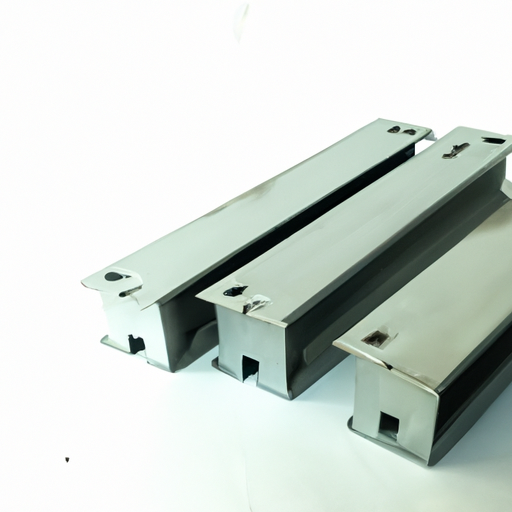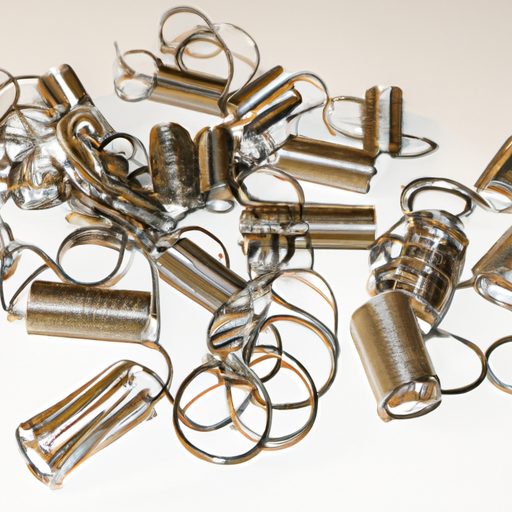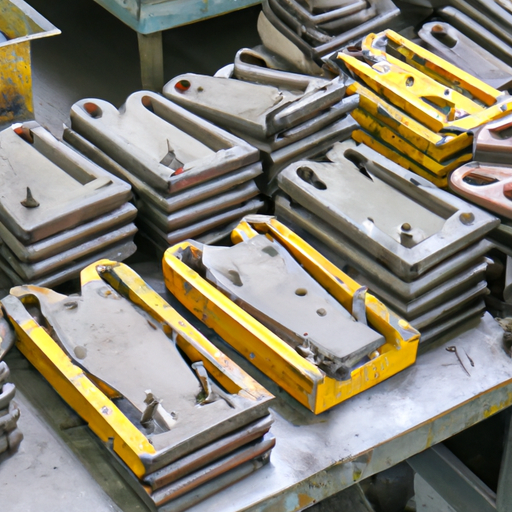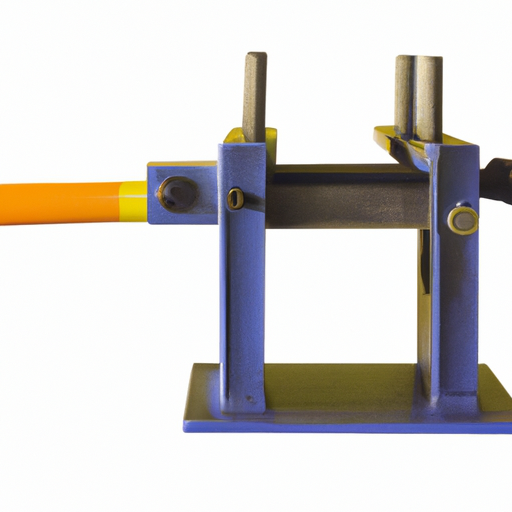What Components and Modules Does the Batten Consist Of?
I. Introduction
A batten is a narrow strip of material, typically made of wood, metal, or composite materials, that serves various purposes in construction and design. Understanding the components and modules that make up a batten is crucial for architects, builders, and DIY enthusiasts alike. This knowledge not only aids in selecting the right type of batten for specific applications but also enhances the overall quality and durability of construction projects. In this article, we will explore the historical context of battens, their basic components, specialized types, installation and maintenance practices, and future trends in batten design.
II. Historical Context of Battens
A. Evolution of Battens in Construction and Design
Battens have been used for centuries, evolving from simple wooden strips used in early construction to more sophisticated designs that incorporate various materials and technologies. Historically, battens were primarily used in roofing and wall construction to provide support and stability. As architectural styles changed and construction techniques advanced, the use of battens expanded to include decorative elements and functional applications in modern buildings.
B. Traditional Uses of Battens
Traditionally, battens were employed to secure roofing materials, such as shingles or tiles, to the underlying structure. They also played a vital role in the construction of wooden walls, providing a framework for attaching siding or paneling. In addition to their structural functions, battens were often used in agricultural settings, such as barns, to create storage spaces and support for hay and other materials.
C. Modern Applications and Innovations
Today, battens are utilized in a wide range of applications, from residential and commercial buildings to theatrical and film production. Innovations in materials and design have led to the development of specialized battens, such as acoustic and thermal battens, which enhance the performance of buildings in terms of sound insulation and energy efficiency.
III. Basic Components of a Batten
A. Material Composition
1. Wood
Wood is the most traditional material used for battens, prized for its natural aesthetic and ease of use. Common types of wood used include pine, cedar, and oak, each offering unique properties in terms of strength, durability, and appearance.
2. Metal
Metal battens, often made from aluminum or steel, are increasingly popular due to their strength and resistance to environmental factors. They are commonly used in modern architectural designs, providing a sleek and contemporary look.
3. Composite Materials
Composite materials, which combine wood fibers with plastic or other materials, offer the benefits of both wood and synthetic materials. They are resistant to rot, insects, and moisture, making them ideal for outdoor applications.
B. Dimensions and Sizes
1. Standard Sizes
Battens come in various standard sizes, typically ranging from 1x2 inches to 1x6 inches in width and varying lengths. These sizes are designed to accommodate common construction needs.
2. Custom Sizes
For specialized applications, custom-sized battens can be manufactured to meet specific project requirements. This flexibility allows for greater creativity in design and functionality.
C. Surface Treatments
1. Finishes (paint, stain, sealant)
Surface treatments enhance the appearance and longevity of battens. Common finishes include paint, stain, and sealants, which protect the material from moisture, UV rays, and wear.
2. Textures and Patterns
Battens can also be treated to create various textures and patterns, adding visual interest to a space. Textured battens can be used in both interior and exterior applications to achieve a desired aesthetic.
IV. Structural Modules of a Batten
A. Load-Bearing Capabilities
1. Understanding Load Distribution
Battens play a crucial role in load distribution within a structure. Understanding how loads are transferred through battens is essential for ensuring the stability and safety of a building.
2. Factors Affecting Load Capacity
Several factors influence the load-bearing capacity of battens, including material type, dimensions, and the method of installation. Proper engineering and design considerations are necessary to ensure that battens can support the intended loads.
B. Connection Systems
1. Fasteners (screws, nails, adhesives)
The connection systems used to attach battens to other building elements are critical for their performance. Common fasteners include screws, nails, and adhesives, each offering different advantages in terms of strength and ease of installation.
2. Joint Types (butt joints, lap joints, etc.)
The type of joint used to connect battens can significantly impact their structural integrity. Common joint types include butt joints, lap joints, and miter joints, each suited for different applications and load conditions.
C. Integration with Other Building Elements
1. Roof Systems
Battens are often integrated into roof systems, providing a framework for attaching roofing materials. Their placement and spacing are critical for ensuring proper drainage and structural support.
2. Wall Systems
In wall systems, battens serve as a base for siding or paneling, enhancing both the aesthetic and functional aspects of the wall. Proper integration with insulation and moisture barriers is essential for energy efficiency.
3. Flooring Systems
Battens can also be used in flooring systems, providing support for floorboards and enhancing the overall stability of the floor structure.
V. Specialized Battens
A. Acoustic Battens
1. Purpose and Design
Acoustic battens are designed to improve sound insulation within a space. They are often used in theaters, recording studios, and other environments where sound quality is paramount.
2. Materials Used
These battens are typically made from materials that absorb sound, such as dense wood or specialized acoustic composites, and are designed to minimize sound transmission between spaces.
B. Thermal Battens
1. Insulation Properties
Thermal battens are used to enhance the energy efficiency of buildings. They create an air gap that improves insulation and reduces heat loss, making them ideal for energy-efficient designs.
2. Applications in Energy-Efficient Design
These battens are commonly used in conjunction with insulation materials in walls and roofs, contributing to lower energy costs and improved comfort within buildings.
C. Decorative Battens
1. Aesthetic Considerations
Decorative battens are used primarily for their visual appeal. They can be arranged in various patterns and finishes to create unique design elements in both residential and commercial spaces.
2. Use in Interior Design
In interior design, decorative battens can be used to create feature walls, accent ceilings, and other focal points that enhance the overall aesthetic of a space.
VI. Installation and Maintenance
A. Installation Techniques
1. Tools Required
Installing battens requires specific tools, including saws, drills, and fasteners. Understanding the necessary tools is essential for a successful installation.
2. Best Practices for Installation
Best practices for installing battens include ensuring proper alignment, spacing, and securing methods to maximize their performance and longevity.
B. Maintenance Considerations
1. Regular Inspections
Regular inspections of battens are crucial for identifying signs of wear, damage, or moisture intrusion. Early detection can prevent more significant issues down the line.
2. Repair and Replacement Options
When battens show signs of damage, repair or replacement options should be considered. Understanding the materials and installation methods used can facilitate effective repairs.
VII. Future Trends in Batten Design
A. Innovations in Materials and Technology
The future of batten design is likely to be influenced by innovations in materials and technology. New composite materials and manufacturing techniques may lead to even more durable and versatile battens.
B. Sustainability Considerations
As sustainability becomes increasingly important in construction, the use of eco-friendly materials and practices in batten design will likely gain traction. This includes sourcing materials responsibly and minimizing waste during production.
C. Emerging Design Trends
Emerging design trends may see battens used in more creative and unconventional ways, such as in biophilic design, where natural materials and forms are integrated into built environments to enhance well-being.
VIII. Conclusion
Understanding the components and modules that make up a batten is essential for anyone involved in construction and design. From their historical context to modern applications and future trends, battens play a vital role in enhancing the functionality and aesthetics of buildings. As we continue to explore and innovate in this field, the importance of battens will only grow, making it worthwhile for professionals and enthusiasts alike to deepen their knowledge and appreciation of these versatile elements. Whether you are planning a new construction project or simply looking to enhance your home, understanding battens can lead to better design choices and improved outcomes.

